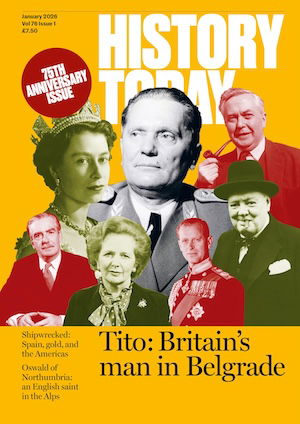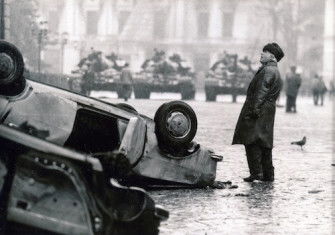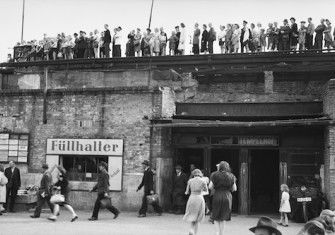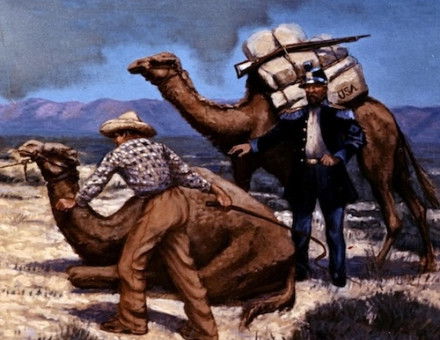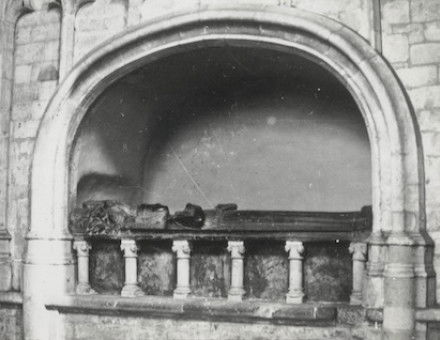‘Zbig’ by Edward Luce and ‘Henry Kissinger’ by Jérémie Gallon review
Zbig: The Life of Zbigniew Brzezinski, America’s Cold War Prophet by Edward Luce and Henry Kissinger: An Intimate Portrait of the Master of Realpolitik by Jérémie Gallon reveal the parallel lives of the Cold War frenemies.
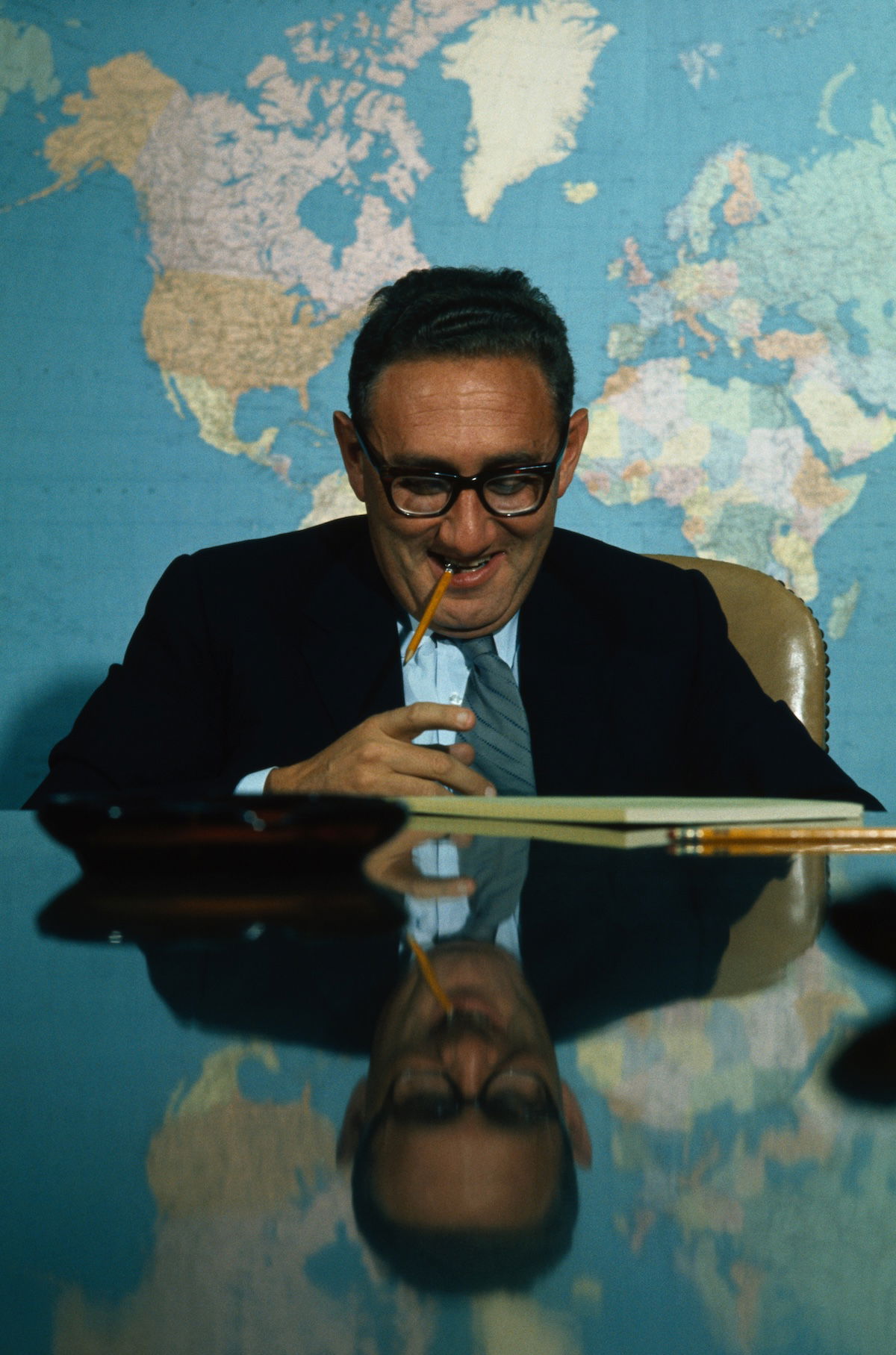
Upon arriving at Harvard in 1953, Zbigniew Brzezinski faced a crucial choice. Should he place himself under the tutelage of the celebrated, self-made Tennessean William Yandell Elliott at the Department of Government, or his rival, German émigré Carl Friedrich? As fate would have it, Elliott had to dash to Washington and redirected the newcomer to his assistant, a ‘youngish, somewhat rotund’ scholar ‘with a strong German accent’, as Brzezinski later recalled. Listening to him expound on high-flown European theory made the decision clear: ‘I rather impolitely rose and left.’ Thus ended his first encounter with Henry Kissinger, the man he would trail for the next half-century.
The similarities between them, and their even greater differences, have long fascinated commentators, including the authors of these two biographies, as contrasting as their protagonists. Journalist Edward Luce’s cradle-to-grave doorstopper is intended to be the definitive Brzezinski biography, and it succeeds in spades. The other, by former EU diplomat Jérémie Gallon, is a slim, thematic volume, cleverly arranged to offer a portrait of Kissinger as a model for present-day Europeans ‘not resigned to slouching off the stage of history’ through ‘morals and idealism … which serves only to isolate and diminish us’. Their subjects were both immigrants who became national security advisers. Kissinger’s journey was harder, arriving in New York in 1938 as the 15-year-old son of a penniless family and returning to Germany as a US army sergeant before joining Harvard. A few years later, Brzezinski, the son of privilege, would drive down to the leafy New England campus from Montreal, where his father served as Poland’s consul general. Kissinger’s path, however, went further, from the White House to Foggy Bottom as America’s first Jewish secretary of state.
Both were proud of their adopted home. During his naturalisation ceremony in 1958, the Pole was urged to anglicise his tongue-twisting name. ‘America is the only country where someone called “Zbigniew Brzezinski” can make a name for himself without changing his name’ was his response. While visiting Warsaw in the mid-1990s, he corrected a local reporter: ‘I am a Polish American, but my loyalty is to America.’ So did Kissinger in talks with the Israeli prime minister Golda Meir: ‘Golda, you must remember that first I am an American, second I am secretary of state, and third I am a Jew’ – though admittedly he had swapped Heinz for Henry as soon as he disembarked in New York.
Remarkably, as postgraduate students in their twenties, both men devised a blueprint for tackling the Soviet threat and stuck with it throughout their lives. Brzezinski’s MA thesis in 1950 at McGill claimed to have identified a weakness that had eluded US experts. Communism, which presented itself as internationalist, in reality became an apology for Russian chauvinism, causing resentment throughout the Eastern Bloc. Fostering internal opposition would therefore hasten the empire’s demise – the opposite of Washington’s passive response to the uprisings in Hungary and Czechoslovakia.
Fortunately for Brzezinski, he had the opportunity to see this through. As geopolitical supremo under Jimmy Carter, he ushered in an ideologically oriented foreign policy, holding the Kremlin to account for its human rights abuses, building bridges with dissidents behind the Iron Curtain and moral leaders, including Pope John Paul II, luckily a Pole. This policy would continue under Ronald Reagan, who chatted frequently with Brzezinski and wanted him to revive his role as national security adviser. It must have been a magical moment when, in 1989, he found himself in Poland to witness Solidarity activists elected to government, opening the floodgates in other Soviet satellites. Brzezinski’s appreciation of the power of ideology extended to Islamism; arming and funding the mujahideen in Afghanistan drained Russian resources, albeit inviting the later accusation that he was the ‘Godfather of Al Qaeda’. It also made him take seriously Ayatollah Khomeini’s ideological pronouncements despite the state department’s portrayal of him as a Gandhi-like consensus-builder.
Kissinger was no less confident in his youthful convictions, though his Cold War strategy differed dramatically. His Harvard dissertation in the 1950s examined the Concert of Europe architects, Austria’s Metternich, and England’s Castlereagh. Working together after the Napoleonic Wars, they laid the foundation for a balance of power that won Europe a century of peace. He felt even closer to Prussia’s 19th-century arch-realist Otto von Bismarck, the subject of a 1968 article, ‘The White Revolutionary’. The Iron Chancellor taught him how statesmen can serve their countries through negotiating alliances with rival powers. ‘On reading it’, Brzezinski told him, ‘I had the feeling of understanding better some of your current political involvements!’ While Brzezinski was focused on the circumstances of his time, Kissinger’s gaze was fixed on the past: Athens and Sparta, the Peace of Westphalia, the Congress of Vienna – all examples of how peaceful coexistence starts with accepting other powers’ spheres of influence.
And again, like Brzezinski, he managed to test his theory through orchestrating détente with the Soviet Union and rapprochement with China, at the expense of smaller states. It would lead him to advise Gerald Ford to snub the likes of Aleksandr Solzhenitsyn, Russian dissenter and Nobel Prize laureate, to spare Moscow’s blushes. He blamed his old friend’s human rights agenda for losing Iran, though Brzezinski would counter that it was Kissinger’s embrace of the shah as a regional ally in the great power game that destabilised the country. Their contrasting views were on display elsewhere in the Middle East. Kissinger’s shuttle diplomacy after the 1973 war aimed to convince Egyptians and Israelis to coexist despite their differences, to learn that neither could prevail, and that peace simply meant the absence of war. Brzezinski’s role in the marathon negotiations at Camp David in 1978 was intended to solve those differences.
Obviously, their divergent approaches were not just the product of academic training. Background mattered. Brzezinski’s native land had resisted, and eventually overturned, German and Russian rule; Kissinger’s had almost destroyed itself by succumbing to an ideology bent on world domination. The Pole’s optimism often clashed with the German’s bleak worldview: instability must be avoided at all costs; any great country, including the US, inexorably regresses; a statesman’s role, therefore, is to delay the inevitable by maintaining equilibrium – what critics, including Brzezinski, saw as managed decline.
Their ideas also reflected different personal styles. In chess, Brzezinski played with reckless abandon, gambling his queen early in the game. Kissinger, the young footballer, urged his teammates to defend: winning was about preventing opponents from scoring. In debates, Brzezinski’s method was, as Luce puts it, ‘to prevail by force rather than seduction. He would bludgeon, set traps, ambush, and trip up’. A man who did not suffer fools, he came across as arrogant and combative, or, at best, aloof. This was made clear in his response to campus protests. In the late 1960s Columbia University was an epicentre of student agitation. As spineless administrators ducked for cover, Brzezinski harangued those ‘nihilistic, self-indulgent, spoiled suburban brats’, deriding their faux radicalism as ‘the death rattle of the historical irrelevants’, before broadening his attack, in a 1972 Newsweek column, to include the elite, ‘whose craving for vicarious revolutionary virtue takes the form of wallowing in apocalyptic rhetoric at opulent penthouse cocktail parties’. Kissinger, meanwhile, cultivated charm and self-deprecation, securing his goals through guile, secrecy, and intrigue.
Kissinger’s thirst for adoration became alarming. As he rose in stature, his previous sycophancy gave way to a dandy persona, with year-round tans, suits tailored to flatter his stout physique, and a certain notoriety with Playboy bunnies and Miss Universe contestants. ‘Power is the great aphrodisiac’, he commented. ‘If no beautiful actress is available, would you like to take me out to dinner’, Brzezinski would tease him. Not that Kissinger was entirely successful. His style of politics jarred with the public. He struggled to defend his ‘moral realism’ as a practical path between idealism and cynicism. Brzezinski’s militant idealism, however, seemed acceptable: a ‘Warrior Dove’, as Luce calls him, or a ‘realist optimist’, according to his student and future secretary of state, Madeleine Albright – though to critics, such as New York Times columnist Anthony Lewis, he was ‘not a hawk, or a dove, but a jay: vain, noisy, and interfering’. Regardless, Brzezinski was clear-eyed enough to anticipate Washington’s post-Cold War troubles. In 1992, as his compatriots basked in self-congratulatory narratives about a new, unipolar world, he warned that an entitled, consumerist, and hedonistic West would squander its victory. Even more prescient was his comment in The Grand Chessboard (1997), his most cited book, that ‘the most dangerous scenario would be a grand coalition of China, Russia, and perhaps Iran, an “anti-hegemonic” coalition united not by ideology but by complementary grievances’.
Eventually, both settled into the role of foreign policy sages, advising politicians and corporations. Although they rarely agreed, they avoided enmity. ‘To Zbig Brzezinski, who travelled a parallel road with distinction’, Kissinger inscribed a copy of his 2011 book On China: ‘From his friend (we’ll keep that a secret).’
So, which of them won the Cold War? Possibly both. Perhaps neither. What they certainly achieved is the recognition they had so desperately craved since arriving to the US, as both these biographies testify.
-
Zbig: The Life of Zbigniew Brzezinski, America’s Cold War Prophet
Edward Luce
Bloomsbury, 560pp, £30
Buy from bookshop.org (affiliate link) -
Henry Kissinger: An Intimate Portrait of the Master of Realpolitik
Jérémie Gallon, translated by Roland Glasser
Profile, 224pp, £22
Buy from bookshop.org (affiliate link)
Hazem Kandil is Professor of Historical and Political Sociology at the University of Cambridge.

